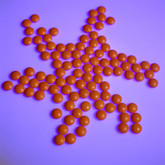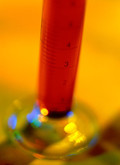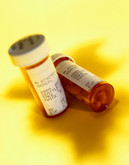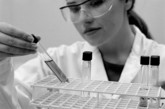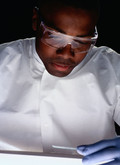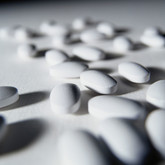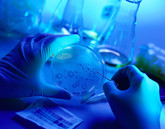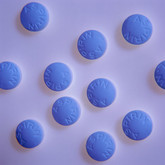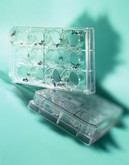Biosimilars/Research
|
Posted 25/08/2010
Monoclonal antibodies (mAbs) are highly complex molecules with secondary and tertiary structures. The drug substance (the molecule itself) and drug product (the pharmaceutically formulated final product) are heterogeneous, i.e. a mixture of several slightly different structures. Although the molecular characterisation of a mAb molecule itself might have reached a high level of precision, reliability, quality and reproducibility, various possibilities for mAb heterogeneity exist. Variations to the mAb protein include alternative disulfide pairings/disulfide shuffling, deamidation, (methionine) oxidation, cyclisation of N-terminal glutamine residues and partial enzymatic cleavage during manufacturing. Variations of post-translational modifications such as glycosylation patterns include differential addition of sugars, alternative branching of sugar chains and others. Physicochemical characterisation of these characteristics currently remains cumbersome.









